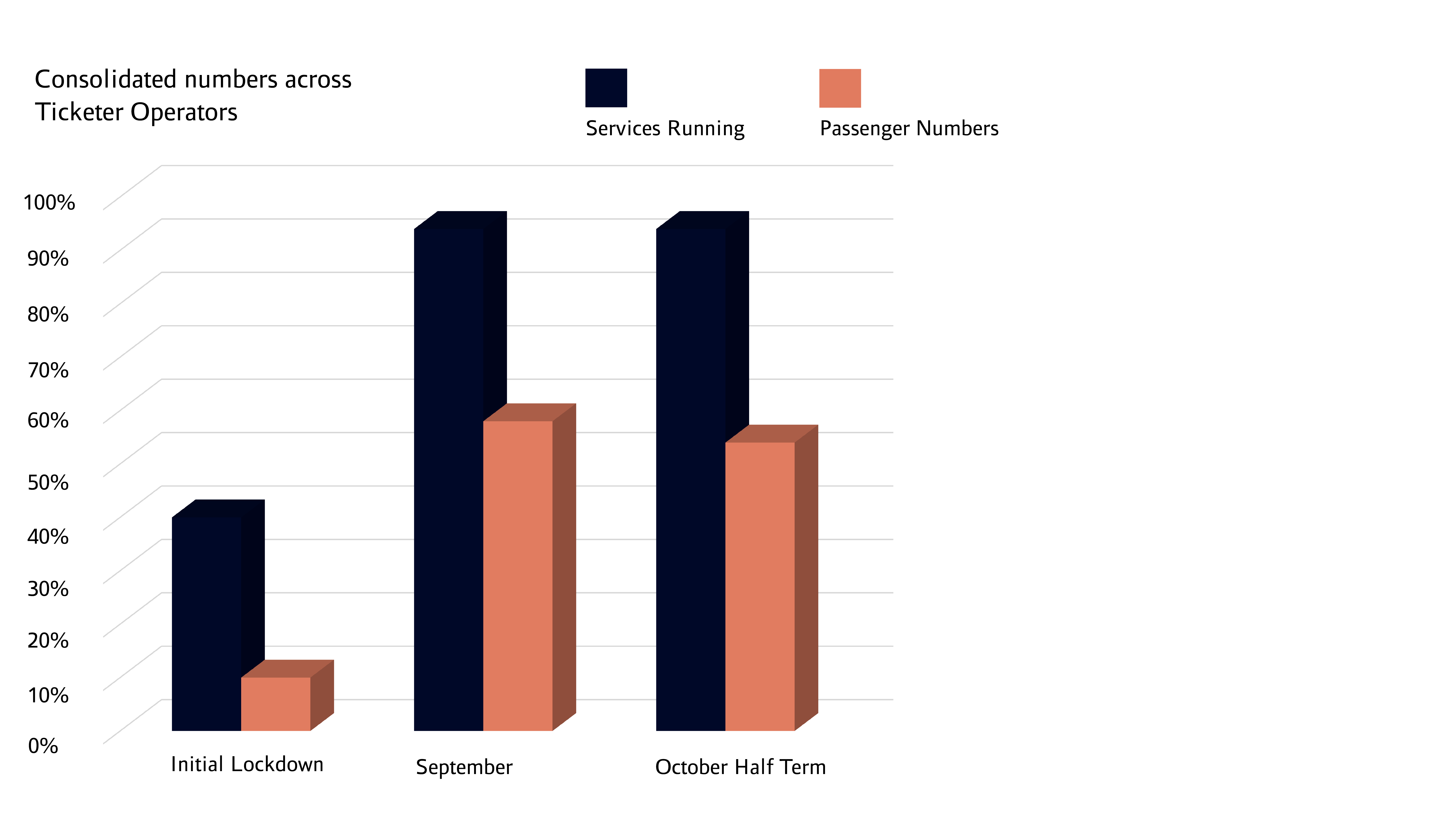John Clarfelt recently had the pleasure of speaking at the TCF20 virtual event run by SMARTEX. For those of you who may have missed the session, or who did listen and may want a recap, here’s what he said (in his very own John way).
So why butterflies? Clearly a very serious decision as to the title (ahem), but it is serious. Because the concept, and I’m sure everyone knows it, is that a single flap of a butterfly’s wings in the Amazon causes of sorts of ramifications around the world several weeks or months later. Clearly, a pangolin snack in Wuhan, is not what I’m talking about, but it has affected transport and will affect (in our opinion) transport enormously. I was actually talking about BODS, because of the idea to open up data I think is going to actually expand and change the way we travel. And facilitate a whole raft of new opportunities for public transport. So the industry itself looks to me thanks to government funding and authority funding and help across the UK, pretty resilient actually.
When we first went into the initial lockdown – and this is the consolidated numbers across our operators – they were running against about 40% of services at the lower end and passenger numbers were down to 10%. It was catastrophic, but because of the funding they were able to keep going and that has slowly but surely risen over the months. And in late September, before half term, pretty well all services across the UK were running, running at almost 100% and passenger numbers were around the 58 – 60% mark. So pretty reasonable in light of capacity management and so on. Last week was half term and with some local lockdowns and national lockdowns in Wales and Scotland, still they were running pretty well 90% of the services, passenger numbers were down but nowhere close to where they were in the initial lockdown.
One of the things that we found, which is not surprising, there’s been a massive move to contact-free. The numbers aren’t as high in the increases as the reference point for the simple reason that the people who are working from home were probably the most likely to use contact free, but it has still risen as a percentage and if everybody were travelling, you would see a really significant move.
Now, the reason why I call it contact-free is that it’s not just contactless, EMV, Wave and Pay or ITSO, it’s also mTicketing. In my personal view, I feel passionately that we have to find a way to trying to move cash off bus, particularly during Covid, because I think we’re just spreading risk. But, you’ve got the unbanked to think of and we have to find a way of managing that, because to be passing cash to and fro between passenger and driver, for me, makes no sense. On that note, we’ll move on.
So, one of the benefits of Covid and it’s hard to find them, is that it’s actually accelerated some of the developments that we wanted to do, although we didn’t even know that we wanted to do them, but we did them because they were needed. So I’ve also had the aim of having Capacity Management on bus, because I want to know – this was pre Covid – when my next bus is coming and how full it is, because I don’t want to be left standing for ages. So I don’t think that capacity is going to be a temporary issue, I think it’s going to be a long term requirement for operators, for passengers and for authorities to be measuring what buses are doing and how busy they are and how we get more operationally efficient.
At the moment, it’s as simple as putting a capacity limit on a bus based on the current Covid measures, and what an operator feels is safe. But it’s better than that, it gives the driver that reassurance that he or she can actually stop people getting on if they are getting overfilled, we can actually display it on the destination blinds, so when the bus going down you can actually see and feel confident that you can actually get on or not, and then feeding it into the apps, so as a passenger I can see if I want to go down to the bus stop and avoid crowding around the bus stop.
Another thing that we’ve done is enhanced data for government to be able to analyse where people are moving, and how many people are using public transport when there was various local lockdowns to show what was happening in those lockdown areas and also how – and it definitely has changed – peak times are spreading out more. So it’s to give that data at the moment to authorities and our operators, but longer term I think it’s just again going to make people more operationally efficient. And if we can run between operators, buses (you don’t have to run half full buses) and you somehow find a way – under legislation – to do so without hitting anti-competitive rules.
And then the last thing I’m going to talk about here is obstruction alerts. People unfortunately seem to keep driving into bridges. But then we do have new routes because of Covid. We have new bus lanes, we have new drivers, and there is a real issue with bridge hits. We’re actually extending that now to more local obstructions so that operators will be able to record (it may be something a simple as black ice in the winter) where is obstruction is, so as the bus approaches, so the driver gets alerted that there’s an issue and back at base they know that the bus has got quite close. So it’s absolutely key again for safety, and I think we need to give people that security that they are safe.



